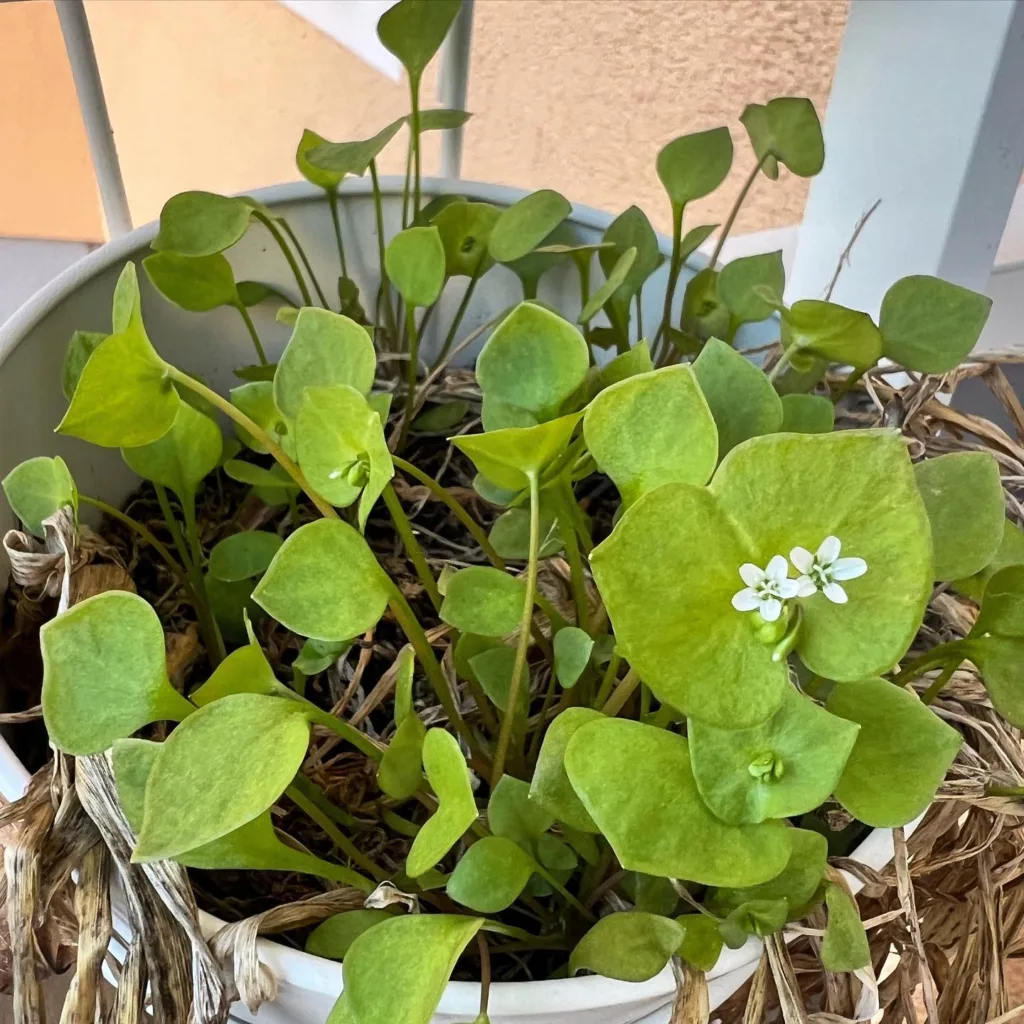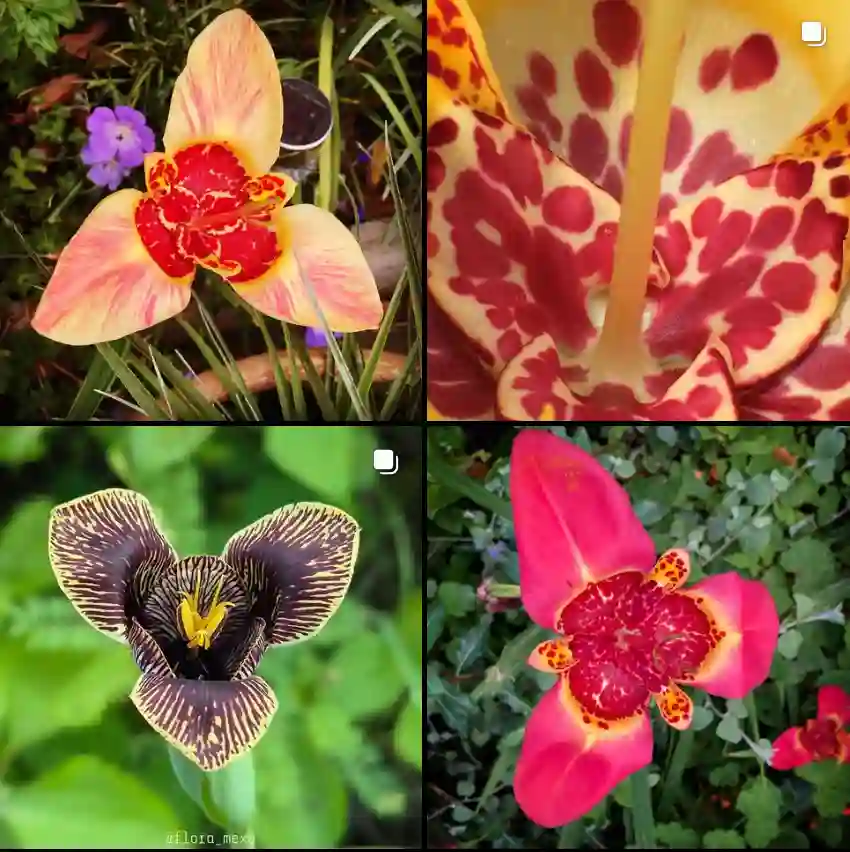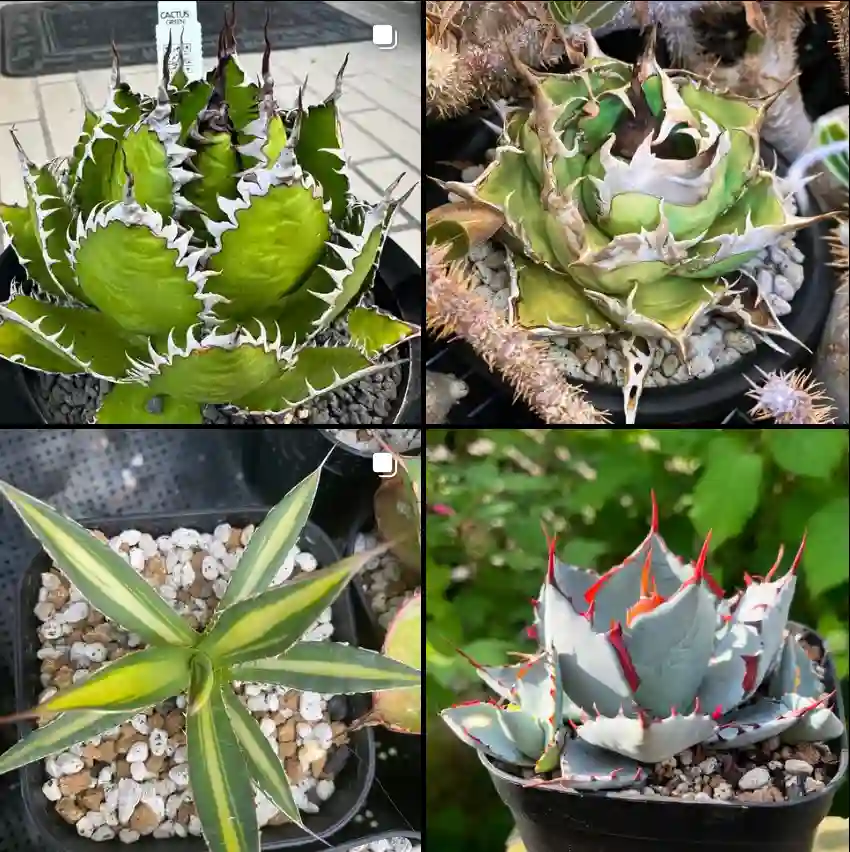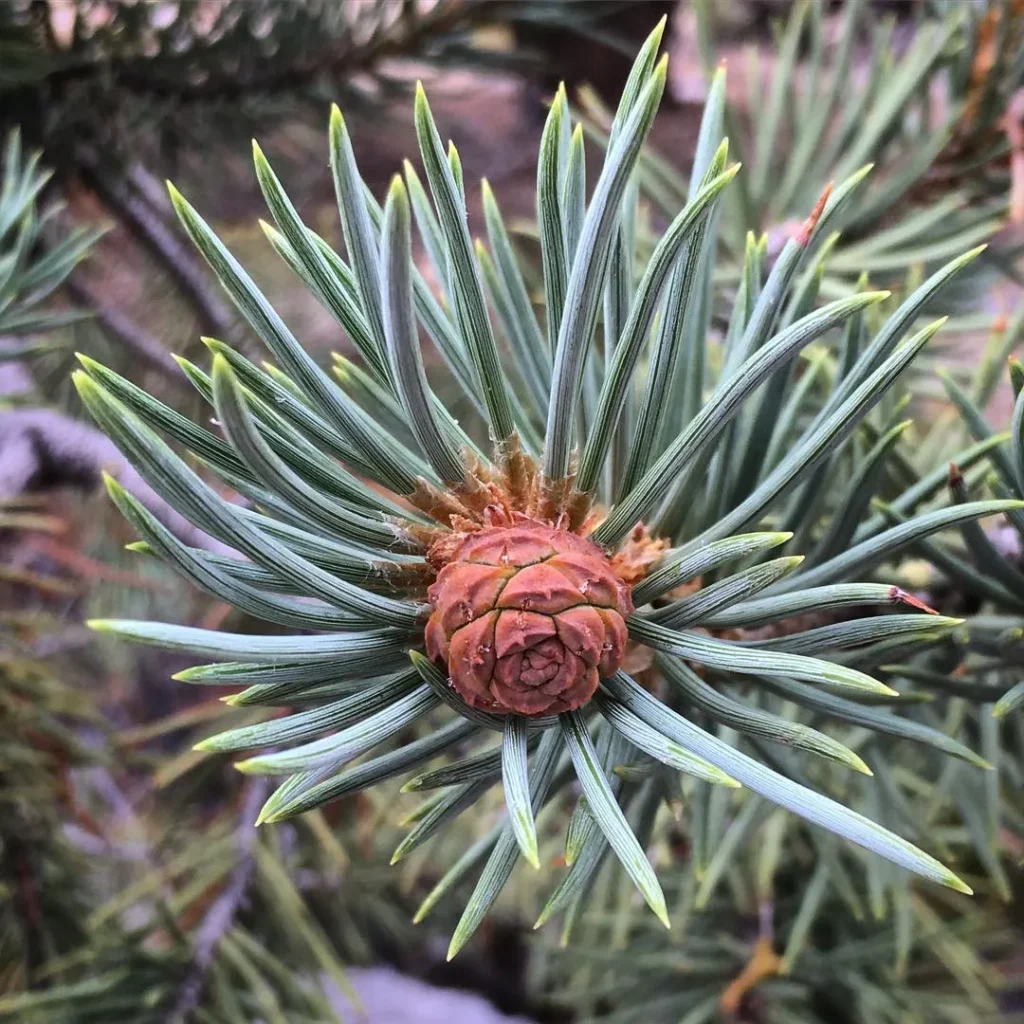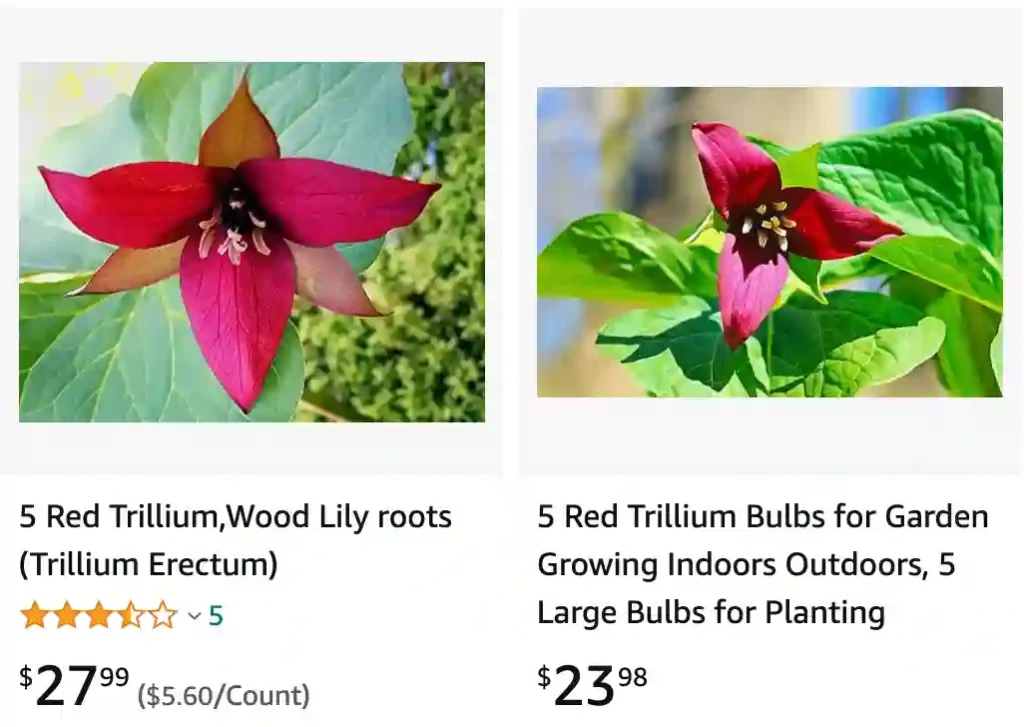
What is Red Trillium?
Red Trillium, or Trillium erectum, is a striking wildflower that I came across during a hike in a dense forest. The plant has three distinctive red petals and three green sepals, forming a unique and eye-catching shape. Its color ranges from deep red to maroon, and it stands out against the backdrop of early spring foliage.
54 Species in Genus Trillium
Are Red Trilliums rare?
From my experience, Red Trilliums are somewhat rare, at least in the areas where I’ve looked for them. They seem to prefer undisturbed woodland habitats, which aren’t always easy to come by. When I do find them, it’s always a special moment, as they’re not as commonly seen as some other wildflowers.
Is Red Trillium poisonous?
I remember reading that Red Trilliums contain toxic compounds, making them poisonous if ingested. This isn’t something I’ve tested personally, of course, but I’ve always made sure to enjoy them visually rather than physically interacting with them too much.
Does Red Trillium stink really bad?
When I first encountered a Red Trillium, I was surprised to learn that they emit a strong odor reminiscent of rotting meat. The smell isn’t overwhelming at a distance, but getting up close for a photo definitely revealed its pungent nature. This unique trait is actually quite fascinating and adds to the plant’s mysterious allure.
How do Red Trilliums benefit the ecosystem?
Red Trilliums play an important role in the ecosystem by attracting carrion flies and beetles, which are their primary pollinators. These insects are drawn in by the flower’s odor, which mimics the scent of decaying flesh. This mutual relationship helps ensure the propagation of the species while providing a food source for the insects.
How smelly is Red Trillium?
The smell of a Red Trillium is pretty intense if you get close enough to it. It’s not something you’d notice walking by unless you’re specifically looking for it. Up close, though, it’s hard to miss, and I’d describe it as quite unpleasant, although fascinating from a naturalist’s perspective.
Is Red Trillium edible?
Given its toxicity, I’ve always known Red Trillium to be inedible. The idea of eating something that smells like it does, combined with its known toxic properties, has never appealed to me. It’s one of those plants best admired from a distance.
Is Red Trillium endangered?
Red Trillium isn’t classified as endangered overall, but its populations can be vulnerable in certain areas due to habitat destruction and over-collection. I’ve noticed that in places where forests are well-preserved, Red Trilliums seem to thrive, but they’re definitely less common in disturbed areas.
Is Red Trillium native to Northern California?
I haven’t encountered Red Trillium in Northern California, and from what I know, it’s not native to that region. It’s more commonly found in the eastern parts of North America, particularly in rich, deciduous forests.
What do you call a Red Trillium?
I usually refer to Red Trillium as “Stinking Benjamin,” a nickname I learned from a fellow hiker. It’s a quaint name that sticks in your memory and references its distinctive smell.
What eats Red Trillium?
I’ve seen deer nibble on the leaves of Red Trilliums, though not frequently. This suggests that while they can be eaten by some wildlife, they might not be a preferred food source, likely due to their toxicity. Small mammals and insects might also interact with the plant, but their impact seems minimal compared to deer.
Where can I find Red Trilliums in Northern Michigan?
In Northern Michigan, I’ve found Red Trilliums most often in shady, moist woodlands. Places with rich soil and plenty of leaf litter seem to be their preferred habitats. I usually look for them in early spring, around the same time as other woodland wildflowers bloom.
Where do Red Trilliums grow?
Red Trilliums grow primarily in rich, moist forests with good drainage. They seem to favor the understory of deciduous trees where there is plenty of organic matter on the forest floor. I’ve often found them on gentle slopes and in areas where sunlight filters through the canopy but doesn’t directly hit the ground.
If i die, water my plants!
